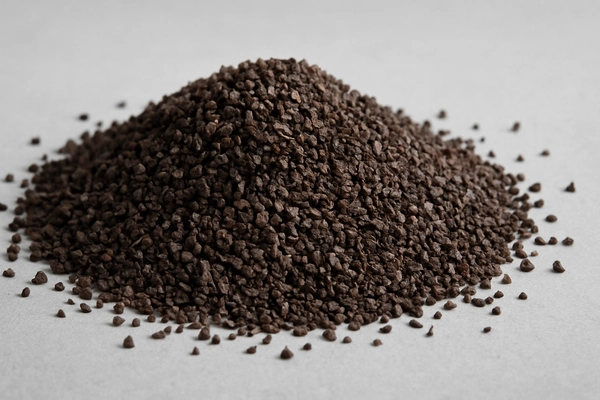Calcined Brown Fused Alumina for High-Performance Industrial Abrasives
Calcining Brown Fused Alumina is a high-performance abrasive derived from bauxite through a calcining process that enhances its purity and hardness. This material is widely used in manufacturing and metalworking due to its exceptional durability and versatility. As a key product in foreign trade, it supports industries seeking reliable abrasives for precision and efficiency.
